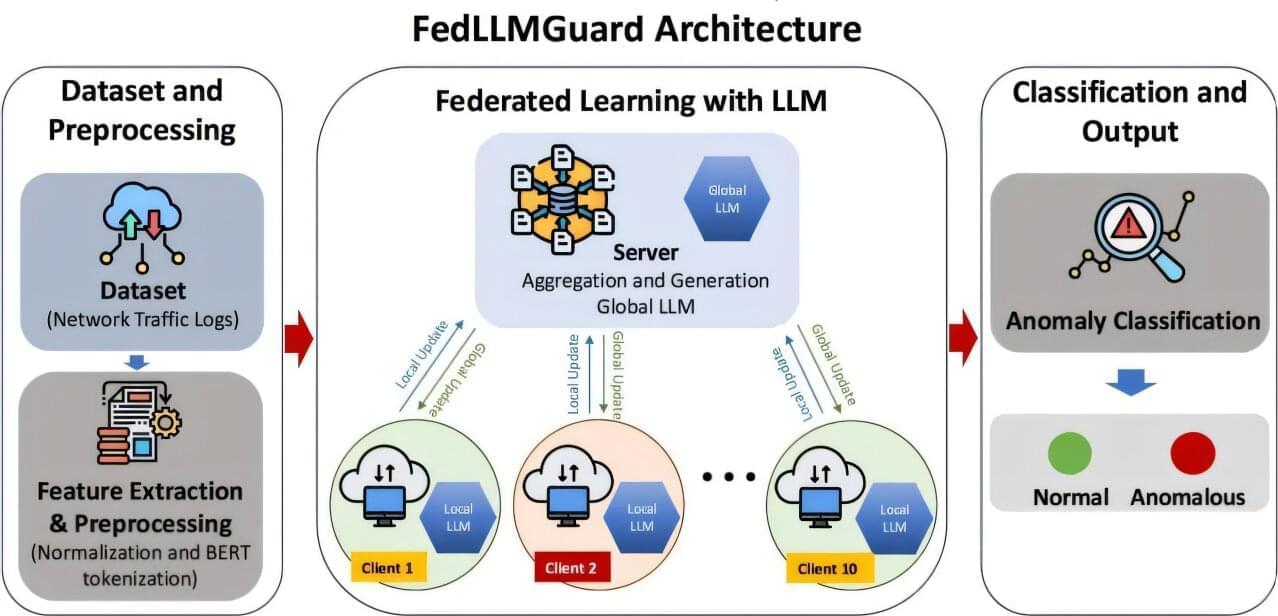China claims the NSA led a 2022 cyberattack on its National Time Service Center using 42 tools.




European law enforcement in an operation codenamed ‘SIMCARTEL’ has dismantled an illegal SIM-box service that enabled more than 3,200 fraud cases and caused at least 4.5 million euros in losses.
The cybercriminal online services had about 1,200 SIM-box devices with 40,000 SIM cards to provide phone numbers that were used in telecommunication crimes ranging from phishing and investment fraud to impersonation and extortion.
In an announcement today, Europol says that the cybercrime service operated through two websites, gogetsms.com and apisim.com, which have been seized and now display a law enforcement banner.

A framework for building tighter security into 5G wireless communications has been created by a Ph.D. student working with the University of Portsmouth’s Artificial Intelligence and Data Center.
With its greater network capacity and ability to rapidly transmit huge amounts of information from one device to another, 5G is a critical component of intelligent systems and services—including those for health care and financial services.
However, the dynamic nature of 5G networks, the high volumes of data shared and the ever changing types of information transmitted means that these networks are extremely vulnerable to cyber threats and increasing risks of attack.

Cybersecurity researchers have disclosed details of a new campaign that exploited a recently disclosed security flaw impacting Cisco IOS Software and IOS XE Software to deploy Linux rootkits on older, unprotected systems.
The activity, codenamed Operation Zero Disco by Trend Micro, involves the weaponization of CVE-2025–20352 (CVSS score: 7.7), a stack overflow vulnerability in the Simple Network Management Protocol (SNMP) subsystem that could allow an authenticated, remote attacker to execute arbitrary code by sending crafted SNMP packets to a susceptible device. The intrusions have not been attributed to any known threat actor or group.
The shortcoming was patched by Cisco late last month, but not before it was exploited as a zero-day in real-world attacks.



